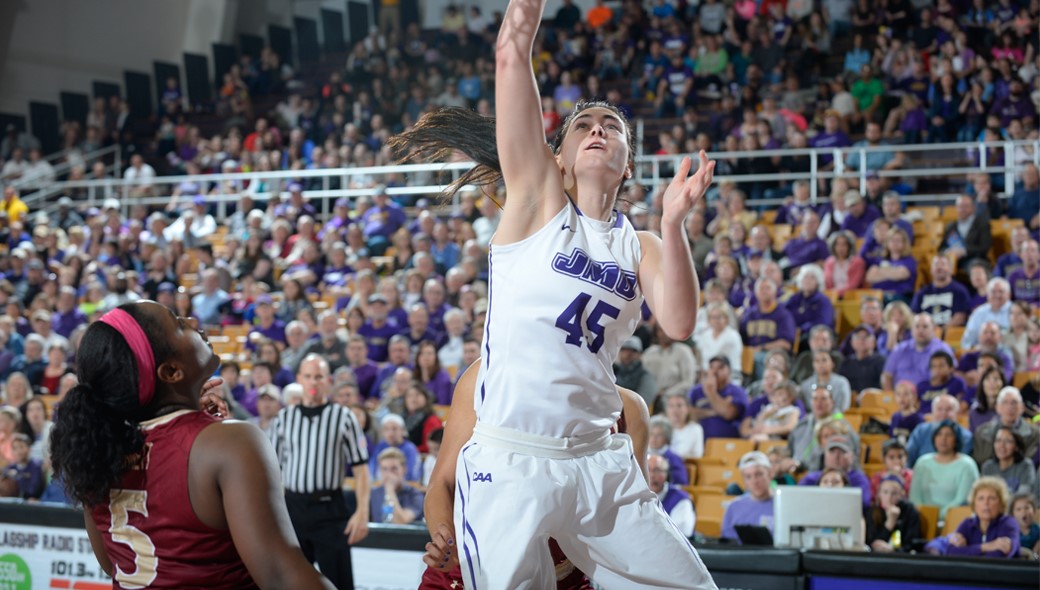We have a confession to make and it’s a doozy — so much so that we hope you’ll keep reading this blog after we come clean.
Ready? Ahem; here goes. We two LadySwish scribes, both of us I’m saying, gulp, gulp . . . oh, we shiver before we write this. . . .
We transferred when we were in college.
The testosterone one of us traded in Texas Christian University for sunny Santa Clara; despite loving the Lone Star state the Division I tennis athlete in him wanted more playing time, which the Broncos offered it. The prettier in pink one of us thought she wanted an adventure when she signed up for life in West Lafayette, Indiana’s Purdue University coming all the way from Washington, D.C. But with Mom and Dad a plane ride away and collect calls a fortune (we had no cell phones back then, kids), homesickness won. She graduated with honors from George Washington, an adjustment that prepared her well for graduate school at Mizzou.
Where’s the scandal, you ask? Didn’t you hear us? We transferred. What’s that? So what? You did, too, maybe? What’s the big deal, we ask?
In fact, take a look at our schools and you’ll find Jennie Simms transferred to Old Dominion. So did Shae Kelley, who then transferred again to Minnesota. Kelly Loftus transferred from Hofstra to ODU.
Ashley Perez left St. John’s for James Madison. Kelly Koshuta left Virginia Tech for JMU; Amber Porter jumped ship in Stetson for the Dukes.
 Savannah Felgemacher just left JMU for Radford. VCU just added St. John’s Jordan Agustus. Tuuli Menna recently left Richmond for Manhattan. Khadedra Crocker is no longer a Hokie; she’s at Norfolk State. George Mason? Where do we start? Nyla Milleson has brought in a plethora of kids who pledged their allegiance to other schools and recently landed Natalie Butler from UConn.
Savannah Felgemacher just left JMU for Radford. VCU just added St. John’s Jordan Agustus. Tuuli Menna recently left Richmond for Manhattan. Khadedra Crocker is no longer a Hokie; she’s at Norfolk State. George Mason? Where do we start? Nyla Milleson has brought in a plethora of kids who pledged their allegiance to other schools and recently landed Natalie Butler from UConn.
We could keep going, but instead we pause and ask again, what’s the problem? There isn’t one to us. If you wanna go somewhere else, by all means, go somewhere else. Isn’t that what Marlene Stollings did, leaving VCU after two years to become coach at Minnesota? Kenny Brooks moved from Harrisonburg to Blacksburg.
There’s something called a coaching carousel in women’s basketball circles; assistants come and go all the time as do head coaches (welcome to Norfolk, Nikki McCray-Penson).
But when a player wants to make the best choice for her? Egads!
Need we remind you of the whole saga surrounding Leticia Romero?
Coaches do what’s best for them and nobody bats a lash. But players? We share Sherri Coale’s recent remarks on transfers:
“It’s hard to let them go because when you invest so deeply in something, it’s really hard to walk away from it.”
And later: “It’s parasitic in that when players leave, they create holes in rosters.”
Anne Donovan noted this last year about transfers, “It is freedom of choice; that is what we are known for in America, but it is a little bit disturbing. Nobody is safe.”
We knock neither coach for her opinion, but we wanted to share ours. You only get four years to play and lots can happen in that period. The coach who recruited you could get fired or change jobs. The assistant you saw as a mentor could get fired or change jobs. You could get hurt. You could miss Mom and Dad more than you thought. You simply might change your mind. Maybe you want a different major. Maybe campus life wasn’t what you thought it would be. Maybe the school is too big. Maybe it’s too small.
Maybe you hate the weather. Maybe things aren’t as they appeared on the recruiting visit.
Yes, maybe you don’t like the coach or maybe the coach runs you off. Let’s not pretend that doesn’t happen.
Maybe the decision you made when you were 17 or 18 years old wasn’t the right fit for you for a variety of reasons. We speak from experience. Remember, we transferred. It’s hard to know exactly what you’re getting into until you actually do it.
You see, transferring isn’t some epidemic in the game stemming from today’s entitled kids. It’s a fact of life rooted in a variety of reasons and circumstances specific to the athlete.
That’s why we’ll take this a step further. Why penalize anyone for her choice? You have to sit out a whole year in women’s basketball simply because you change your mind. Yet when a coach changes his or her mind, that’s OK, accepted, part of the deal. Sports is a business for the coach, but when an athlete treats it as such, look out.
Division I athletes in football, baseball and men and women’s basketball cannot play for a full year after transferring due to NCAA rules. They must sit out, we’re told, because of the fear that schools will attempt to poach players and players might shift on a whim.
To us, this seems like a policy that benefits the school and the coach over the athlete. If a player doesn’t get her release, she can be in a ridiculous holding pattern (exhibit A, Florida State’s Romero; exhibit B from our state, Amanda Fioravanti. Virginia did not grant the release of a player who averaged 1.5 ppg and 1.1 rpg who left in spring 2014. Fioravanti had to sit out that semester and all of 2014-15 when she moved to St. Joseph’s.)
Let’s stop acting like transferring is a transgression. Consider it a fact of life. Nobody should be punished for it. Schools certainly don’t have a problem when a high-profile transfer comes their way.
Sometimes transferring works out for everybody involved. Penalizing anybody for it is hardly synonymous with an NCAA that puts the student-athlete first and foremost in its mission statement.
We did it and maybe so did you. What’s the big deal?

